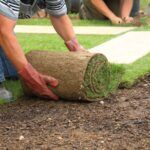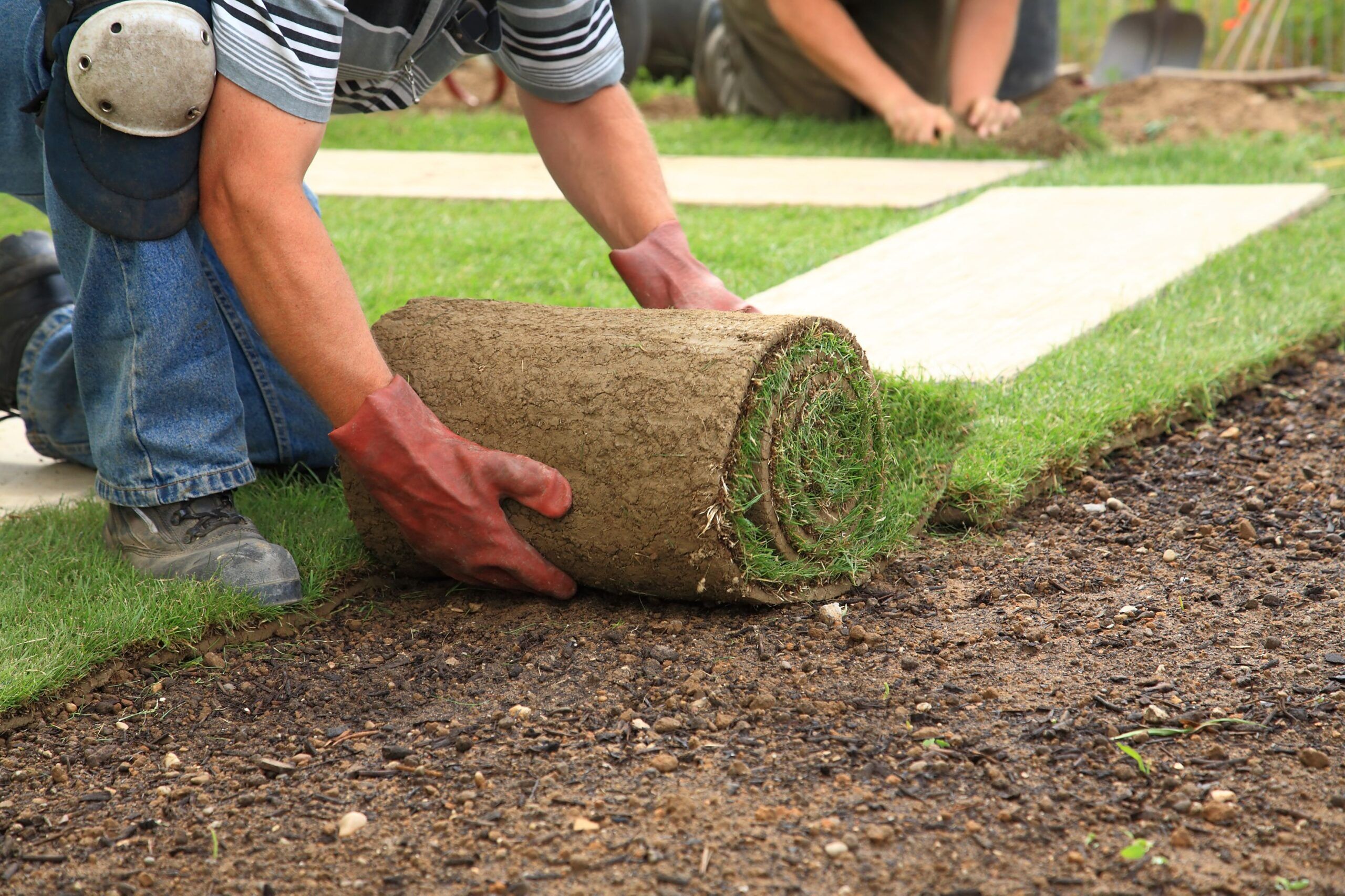When planning to upgrade your yard or outdoor space, one of the most common questions that comes up is: Is it cheaper to lay turf or artificial grass? This might sound like a simple question, but the answer depends on a variety of factors like the size of the area, local climate, maintenance needs, and upfront vs long-term costs.
In this article, we’ll break down the cost differences between laying natural turf and installing artificial turf. We’ll also cover the pros and cons of each option, maintenance requirements, durability, environmental factors, and real-life usage to help homeowners and property managers make a well-informed decision.
Understanding Turf and Artificial Grass
Before diving into the costs, it’s essential to understand the two main types of lawn surfaces:
Natural turf refers to real grass sod that is rolled out and planted over prepared soil. It’s commonly used in residential lawns, sports fields, and parks.
Artificial turf, also called synthetic grass, is made of synthetic fibers designed to look and feel like natural grass. It’s widely used in backyards, schoolyards, playgrounds, and even on rooftops.
Upfront Costs: Turf vs Artificial Grass
1. Natural Turf Cost Breakdown
Laying sod or turf is usually less expensive upfront. On average, the cost of natural turf ranges between $0.50 to $2 per square foot, depending on the grass type and location. This doesn’t include the preparation work such as clearing debris, leveling the soil, and watering after installation.
Installation costs: If you hire a local landscaper, you might pay around $1 to $2 per square foot for installation.
Materials and delivery: Some turf types, like Kentucky Bluegrass or Tall Fescue, might cost more based on quality and availability in your area.
So overall, laying natural turf typically runs between $1.50 to $4 per square foot, including installation.
2. Artificial Turf Cost Breakdown
Artificial turf tends to have a higher upfront cost. The price usually ranges between $5 to $15 per square foot, depending on the quality of the material and the complexity of the installation.
Artificial turf installation NJ may fall in the higher end of the spectrum, especially in areas like Northern New Jersey where labor and material costs are higher.
Base preparation: The ground needs to be excavated, leveled, and filled with a crushed stone base, followed by a weed barrier and drainage layer.
Installation labor: Professionals may charge more for specialized installations like putting greens, pet-friendly turf, or custom-shaped yards.
Altogether, artificial turf installation can cost $8,000 to $12,000 for a standard 1,000 square foot yard in New Jersey.
Long-Term Costs and Maintenance
Maintenance for Natural Turf
Natural grass may be cheaper upfront, but it comes with ongoing maintenance:
Weekly mowing
Seasonal fertilizing
Watering (especially in summer months)
Weed and pest control
Reseeding or patching bare spots
According to the EPA, the average American household uses up to 30% of their water outdoors, and a big portion of that goes toward lawn irrigation. In drier climates or during hot New Jersey summers, water bills can spike dramatically.
Annual maintenance for a natural lawn can add $500 to $1,000 or more, depending on lawn size and your local water rates.
Maintenance for Artificial Turf
One of the biggest advantages of artificial turf is low maintenance:
No watering
No mowing
No fertilizers or pesticides
Occasional brushing and rinsing may be needed to remove debris, especially in areas with pets or heavy foot traffic. This can be done with a leaf blower or garden hose. Some homeowners also choose to sanitize it every few months, particularly in kids’ play areas.
Over a span of 10-15 years, artificial turf can save thousands of dollars in maintenance and water costs compared to natural turf.
Durability and Longevity
Natural turf has a lifespan that heavily depends on care, usage, and weather conditions. Without regular upkeep, the lawn can turn brown, thin out, or get overrun by weeds. Foot traffic, pets, and shade can also reduce its life.
Artificial turf lasts much longer. Most high-quality synthetic grass products come with 10 to 15-year warranties. With proper installation and care, it can last up to 20 years. This makes it ideal for high-use areas such as sports fields, schools, and pet zones.
In places like New Jersey where winters are cold and summers can be dry, artificial turf offers a stable, green look all year round.
Environmental Considerations
Water Conservation
In drought-prone areas or cities with rising water costs, artificial turf significantly reduces outdoor water usage. For example, homeowners in states like California and regions like South Jersey or Central NJ are switching to artificial turf to meet local water restrictions and conserve resources.
Chemicals and Pollution
Natural turf often requires fertilizers, herbicides, and pesticides that can run off into storm drains and pollute water bodies.
Artificial turf, by contrast, eliminates the need for chemicals. However, some critics note that it’s made from plastics and may get hot in direct sun.
To reduce heat concerns, modern artificial turf products now include cooling technologies and infill materials that reduce surface temperatures.
Seasonal Performance
Natural grass struggles in extreme weather conditions:
In hot climates, it can brown or dry out.
In cold regions like New Jersey, lawns often go dormant in winter and turn brown.
Artificial turf stays green no matter the season. Even in snow or rain, it drains quickly and remains usable. That’s why artificial turf installation NJ is becoming popular in schoolyards and multi-use backyards.
Local Regulations and Homeowner Concerns
Some local HOA (Homeowners Associations) or townships may have rules regarding turf type, especially in front yards. It’s always smart to check with your city or township office if you’re considering artificial turf installation. In most parts of New Jersey, backyard artificial turf is allowed and gaining popularity due to its low upkeep.
Pet and Kid-Friendly Options
Both turf and artificial grass can be pet-friendly and safe for children. However, artificial turf offers added benefits:
No muddy paws or footprints
Drainage layers help eliminate pet odors
Soft padding options reduce risk of injury during play
This makes artificial turf a great option for families, daycare centers, and pet owners.
Final Thoughts: Which is Cheaper?
While natural turf has a lower initial price, the long-term savings and minimal maintenance of artificial turf often make it more cost-effective over time—especially for homeowners in New Jersey looking for year-round green space without the hassle.
Whether you’re planning a new lawn in Galloway Township, Bergen County, or any part of NJ, weighing both the short-term and long-term costs can help you make the best choice for your home.


